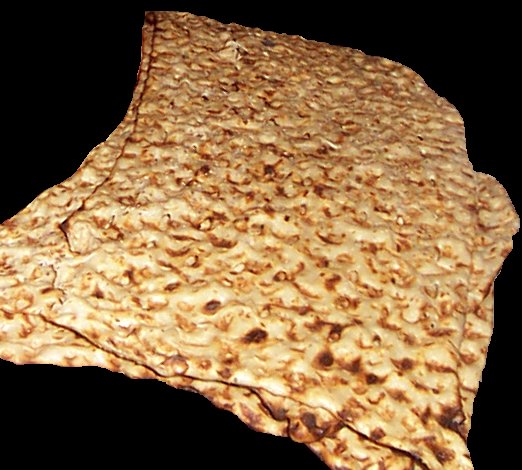Facts About Sangak
Sangak, also known as nân-e sangak, is a cherished traditional Iranian flatbread made from whole wheat. It comes in various forms, including plain, rectangular, or triangular shapes. The name "sangak" meaning "little stone" in Persian, refers to the unique baking method involving a bed of small river stones in an oven. In Iranian bakeries, you'll typically find two kinds of sangak: a simple, plain version and a more expensive one adorned with poppy seeds and/or sesame seeds.
This bread boasts a rich history, dating back to the 11th century when it was a staple for the Persian army. Soldiers would carry small stones to construct makeshift ovens at their campsites, baking enough sangak for the entire contingent. Traditionally, it was often enjoyed with lamb kebabs.
Sangak has always been popular in present-day Azerbaijan, but its prevalence declined after the Soviet takeover in 1920. The Soviets' preference for mass-produced bread led to a decrease in the availability of hand-formed sangak in the region. However, in Iran, sangak has remained a cherished and widely consumed bread, maintaining its popularity throughout the years.

 Georgia
Georgia